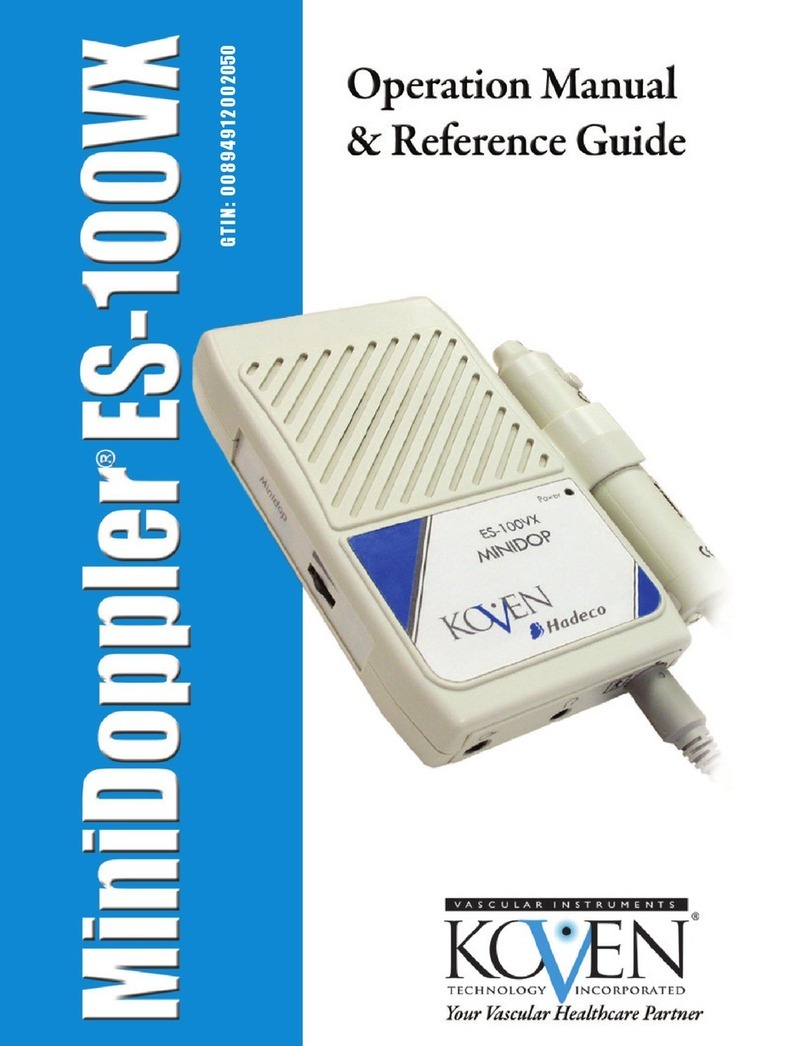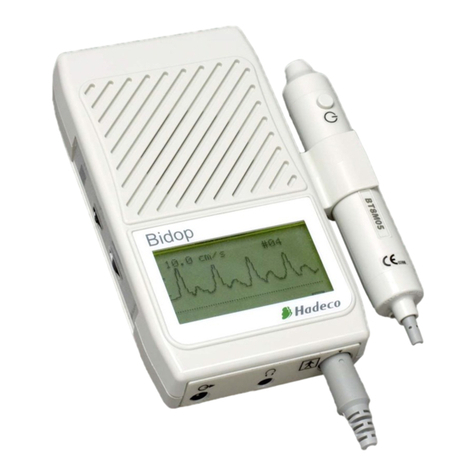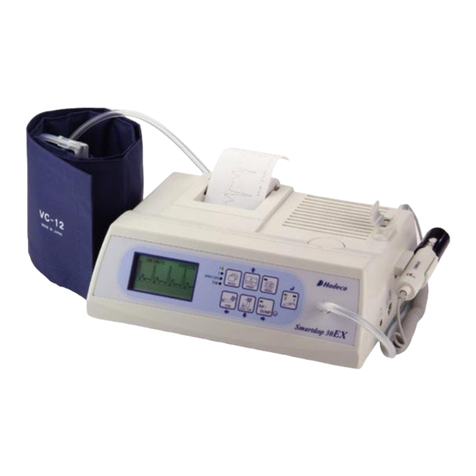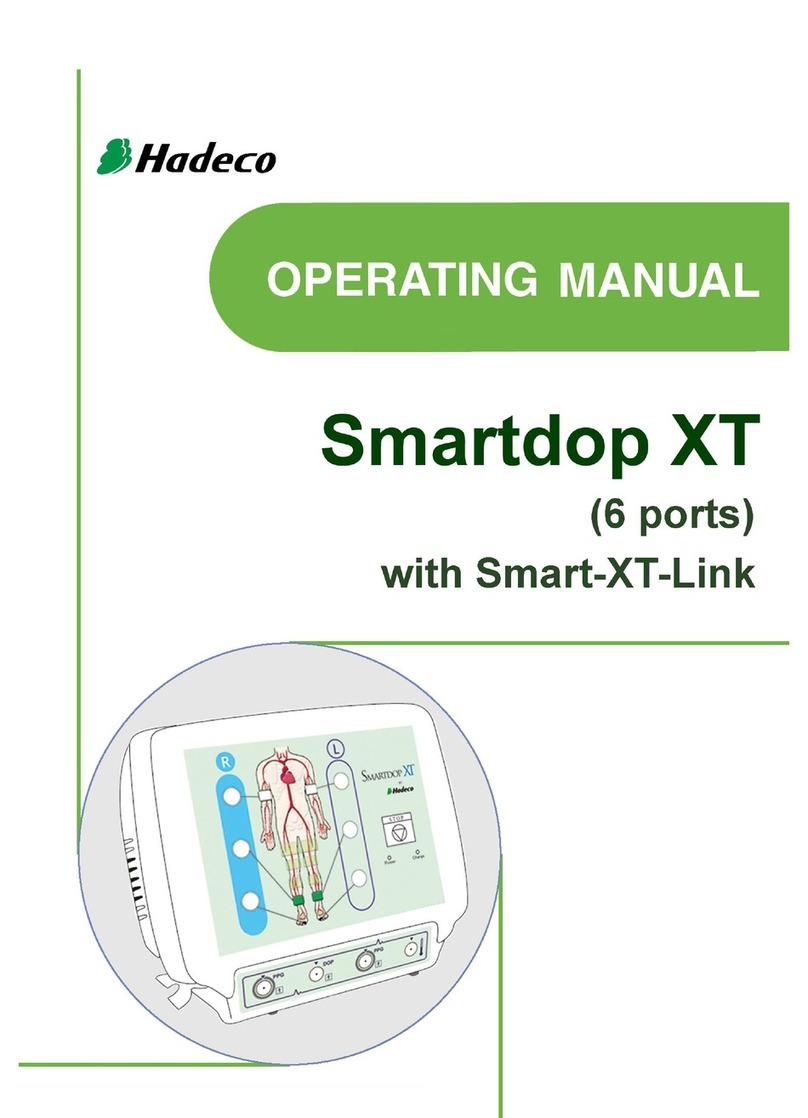TABLE OF CONTENTS
Cautions
1. Introduction ......................................................................................................................1
1-1. Features....................................................................................................................1
1-2. Clinical applications...................................................................................................3
1-3. Probe selection .........................................................................................................3
1-4. Contents of package .................................................................................................4
2. Quick start ........................................................................................................................5
2-1. Turning the unit ON / OFF.........................................................................................5
2-2. Charging / Discharging battery..................................................................................6
2-3. Checking battery level...............................................................................................7
2-4. Setting printer paper..................................................................................................8
2-5. Measuring blood velocity...........................................................................................9
2-5. Measuring blood velocity...........................................................................................9
2-6. Measuring fetal heart rate (2 MHz only) ..................................................................10
3. Appearance and mode settings......................................................................................12
3-1. Operating controls...................................................................................................12
3-2. Mode settings..........................................................................................................15
3-2-1. Basic Modes.....................................................................................................15
3-2-2. Menu ................................................................................................................16
a. Menu structure ....................................................................................................16
b. Menu operation ...................................................................................................16
c. Menu for Blood Velocity Measurement mode......................................................18
d. Menu for Blood Velocity Freeze mode ................................................................19
e. Menu for Fetal Heart Rate mode (Measurement and Freeze).............................20
3-2-3. Mode Setting Details ........................................................................................21
a. MEMORY - STORE.............................................................................................21
b. MEMORY - READ ...............................................................................................21
c. MEMORY - CLEAR .............................................................................................22
d. MODE (Baseline mode) ......................................................................................22
e. TIME (Time scale) ...............................................................................................23
f. DIR (Flow direction) .............................................................................................23
g. DISP / OTHERS - DISP (Waveform / Data) ........................................................23
h. UPPER (Upper limit for FHR)..............................................................................24
i. LOWER (Lower limit for FHR) ..............................................................................24
j. PATIENT (Patient data input)................................................................................24
k. OTHERS - LANGUAGE ......................................................................................26
l. OTHERS - UNIT (cm/s / kHz)...............................................................................26
m. OTHERS - FILTER (Arterial / Venous filter)........................................................26
n. OTHERS - SMOOTH (Smoothing filter) ..............................................................26
o. OTHERS - CAL (Calibration)...............................................................................26
p. OTHERS - AUTO-OFF (Automatic shut-off)........................................................26

































